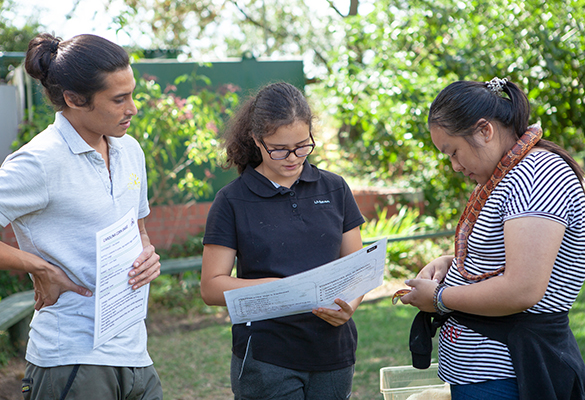The Hub
Role of Chair of Governors
The role of the Chair of Governors, leading the governing body, is pivotal to the leadership of the school or setting. The chair works in partnership with the headteacher or leader while holding him/her to account.
Governing Boards are required to elect a chair, this election is held at the first meeting of the governing board each academic year.
The Governing Board can elect a chair for more than a single academic year, however it is advisable that the board considers a succession plan in that the 'chair' should be in post for no longer than 6 consecutive years.
Role of the chair
Being a chair of governors is a key role in the leadership and management of schools. To be effective, you need a good understanding of the role and its responsibilities so that your school gains maximum benefit from the work that you do.
An effective chair of governors:
- works with the headteacher to promote and maintain high standards of educational achievement
- ensures that the governing body sets a clear vision, ethos and strategic direction for the school
- the governing body holds the headteacher to account for the educational performance of the school and its pupils, and for the performance management of staff
- ensures oversight of the financial performance of the school and effective use of the schools resources.
As a chair, you also need to ensure that all governors understand the role and responsibilities of the governing body, which can vary slightly depending on the type of school such as voluntary aided, foundation, academy, multi-academy or federation.
The key roles of the chair:
- Leading effective governance: giving the governing body a clear lead and direction, ensuring that the governors work as an effective team and understand their accountability and the part they play in the strategic leadership of the school and in driving school improvement.
- Building the team: attracting governors with the necessary skills and ensuring that tasks are delegated across the governing body so that all members contribute, and feel that their individual skills, knowledge and experience are well used and that the overall workload is shared.
- Relationship with the headteacher: Being a critical friend by offering support, challenge and encouragement, holding the headteacher to account and ensuring the headteacher’s performance management is rigorous and robust; a good comparison is with the role of the chair of a board of trustees who works with the chief executive of an organisation but does not run day-to-day operations.
- Improving your school: ensuring school improvement is the focus of all policy and strategy and that governor scrutiny, monitoring and challenge reflect school improvement priorities.
- Leading the business: ensuring that statutory requirements and regulations are met, that the school provides value for money in its use of resources and that governing body business is conducted efficiently and effectively.
Further information can be found on gov.uk


Find out more about our Traded Services?
Please see our privacy policy for more details